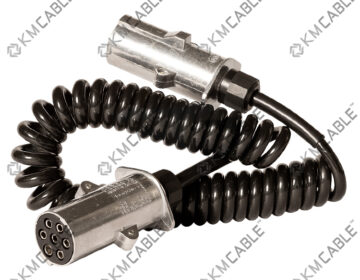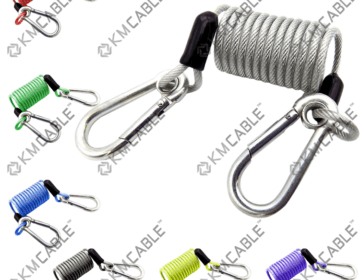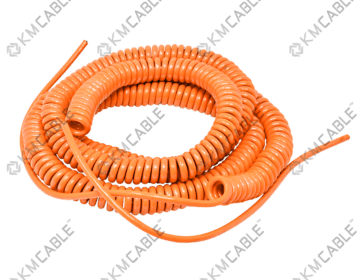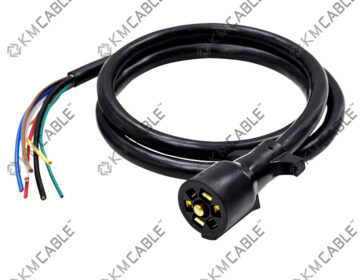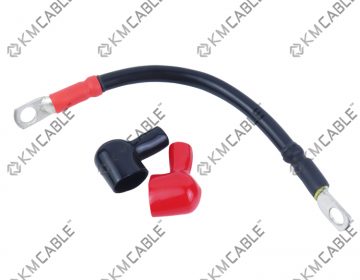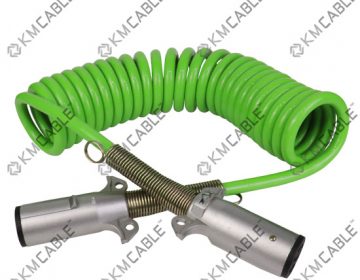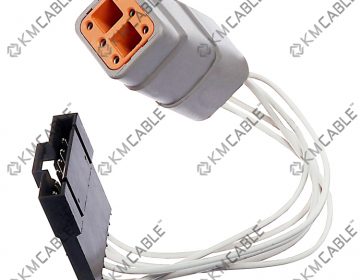
Welding cables are an essential component in the welding process, carrying electrical currents that power the welding equipment. However, it’s crucial to understand the standards, wire types, and voltage ratings associated with welding cables to ensure safety and efficiency in welding operations. In this blog, we will explore whether welding cables are UL listed, discuss the standards for welding cable, examine the wire types used in welding cables, and delve into the voltage ratings these cables are designed for.
Is welding cable UL listed?
UL, or Underwriters Laboratories, is a renowned organization that tests and certifies the safety of various electrical products. While many electrical cables are UL listed, it is important to note that welding cables typically do not carry a UL listing. The reason behind this is that welding cables are not intended for permanent installation in buildings or structures like other electrical cables. Instead, they are primarily used in temporary welding setups, making their use and applications distinct from traditional building wiring. However, this does not indicate a compromise in quality or safety. Welding cables are manufactured to meet specific industry standards to ensure their reliability and performance.
Standards for welding cable
Welding cables are designed to adhere to industry standards that guarantee their durability and suitability for welding operations. Some of the common standards for welding cable include:
- American Welding Society (AWS) standards: The AWS provides guidelines and standards for various aspects of welding, including welding cable requirements. These standards help ensure that welding cables meet specific performance and safety criteria.
- National Electrical Code (NEC): While the NEC primarily covers electrical installations within buildings, it does offer guidance on wiring methods, conductor sizing, and ampacity calculations for temporary installations, including welding operations. Following the NEC guidelines ensures the safe and effective use of welding cables.
- Canadian Standards Association (CSA) standards: In Canada, welding cables are subject to CSA standards, which outline the requirements for the design, materials, and testing of welding cables. Adhering to CSA standards ensures compliance with Canadian electrical safety regulations.
Wire types used for welding cable
Welding cables are typically constructed using highly flexible copper conductors to withstand the rigors of welding environments. The most commonly used wire type for welding cables is known as “Class K” or “Class M” copper wire.
- Class K: Class K cables are composed of fine copper strands, providing excellent flexibility. They are designed for heavy-duty welding applications and offer increased resistance to mechanical stress.
- Class M: Class M cables are also made of flexible copper strands, but they have fewer strands compared to Class K cables. They are suitable for lighter-duty welding applications and offer a good balance between flexibility and cost.
Voltage ratings of welding cable
Welding cables are available in different voltage ratings to accommodate various welding machines and applications. The voltage rating determines the maximum voltage the cable can safely handle. Common voltage ratings for welding cables include 600V, 1000V, and 2000V.
The appropriate voltage rating depends on the specific welding machine and the welding process being performed. It is crucial to consult the equipment manufacturer’s guidelines and adhere to the recommended voltage rating for optimal safety and performance.
Welding cables play a vital role in delivering the necessary electrical currents for welding operations. Although welding cables are not typically UL listed, they adhere to industry standards such as AWS, NEC, and CSA, ensuring their reliability and performance. These cables are constructed using flexible copper conductors, predominantly Class K or Class M wires, to withstand the demanding welding environments. Additionally, welding cables come in different voltage ratings, allowing users to choose the appropriate cable for their specific welding applications.
Understanding the standards, wire types, and voltage ratings associated with welding cables is essential to ensure safe and efficient welding operations. By following industry guidelines and using the correct welding cable, welders can confidently carry out their work, knowing they have a reliable power connection that meets the necessary requirements.

